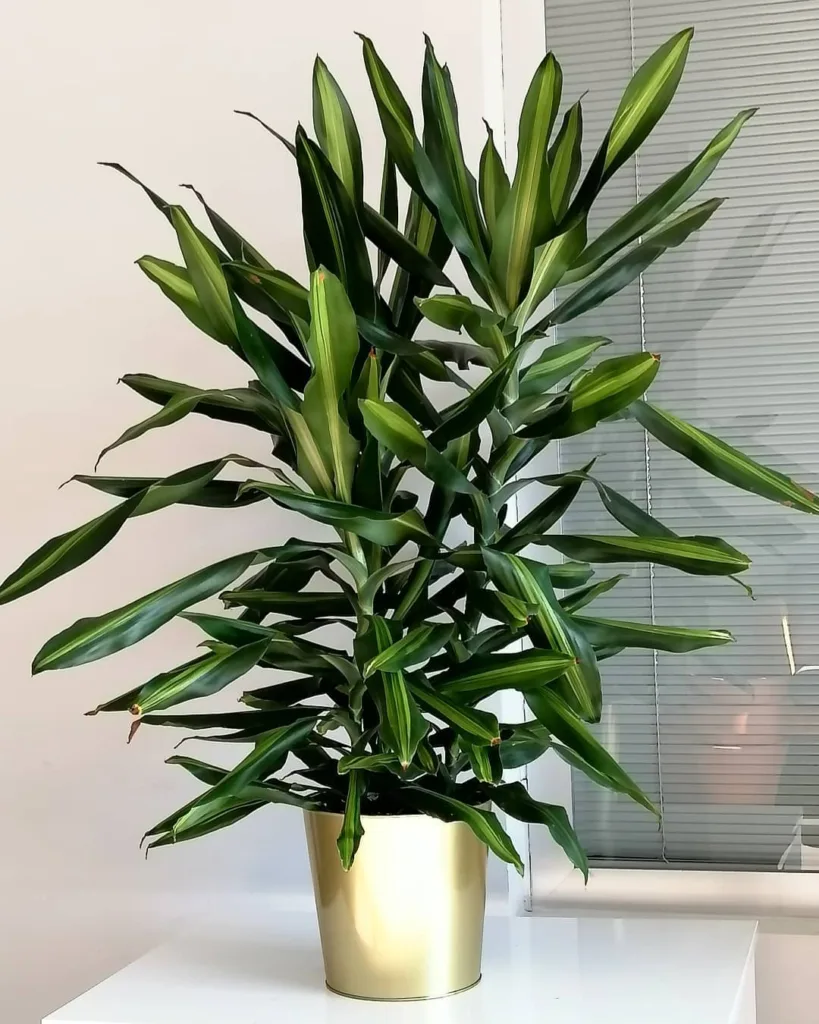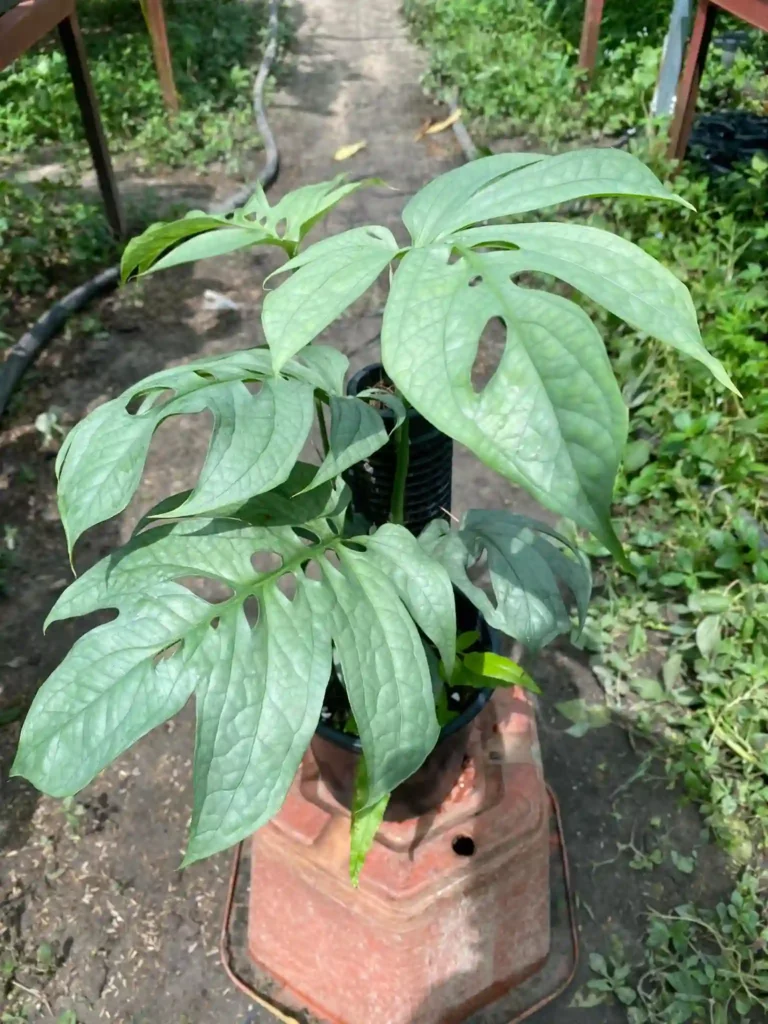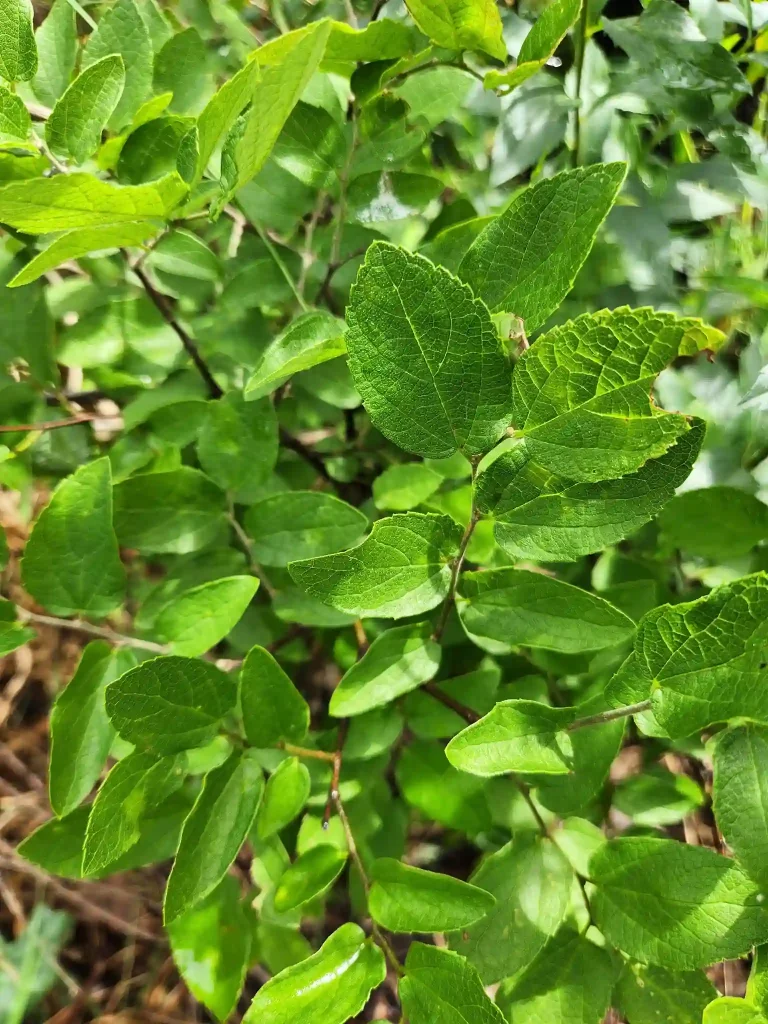
The Towering Beauty of Rudbeckia Maxima: A Gardener’s Guide
There’s a certain magic to towering perennials that add vertical drama to a garden. One such plant that has stolen my heart is the Rudbeckia maxima, also known as the Giant Coneflower. With its bright yellow blooms and impressive height, it never fails to turn heads. But beyond its undeniable beauty, Rudbeckia maxima is also surprisingly easy to grow, making it a perfect choice for gardeners of all levels.
In this guide, I’ll share my experience cultivating these magnificent giants, from planting seeds to ongoing care.
31 Species in Genus Rudbeckia
Where Does Rudbeckia Maxima Thrive?
Understanding a plant’s preferred environment is key to its success. Rudbeckia maxima is a native of North American prairies, so it thrives in full sun. Aim for at least 6 hours of direct sunlight daily. While it tolerates some light shade, too much will definitely affect its flowering.
When it comes to soil, Rudbeckia maxima is a forgiving plant. It can adapt to average, well-drained soils, but it truly shines in moist, fertile conditions. Amending your planting area with organic matter like compost will provide the nutrients it needs to reach its full potential.
How to Plant Rudbeckia Maxima Seeds?
Rudbeckia maxima is easily propagated from seeds. You can choose to sow them directly outdoors in the fall or early spring. However, if you live in a region with harsh winters, it’s best to start them indoors about 8-10 weeks before the last frost. Here’s what you’ll need:
- Seed trays or small pots
- Seed starting mix
- Rudbeckia maxima seeds
- Water spray bottle
- Fill your seed trays or pots with a moistened seed starting mix.
- Sow the seeds on the surface and lightly press them into the soil.
- Don’t bury the seeds deeply – they need light for germination.
- Cover the trays or pots with a clear plastic dome or plastic wrap to maintain moisture.
- Place the trays in a warm, well-lit location (around 70°F).
- Keep the soil consistently moist, but not soggy. Use a spray bottle to avoid disturbing the seeds.
- Seedlings should emerge in about 10-14 days. Once they have a few sets of true leaves, thin them out to leave the strongest plants.
- Gradually acclimatize the seedlings to outdoor conditions before transplanting them to your garden bed.
How to Care for Rudbeckia Maxima?
Once established, Rudbeckia maxima is a relatively low-maintenance plant. Here’s what you need to keep in mind:
- Watering: Water regularly, especially during hot and dry periods. Aim for deep watering that soaks the root zone.
- Fertilizing: While not essential, a balanced fertilizer applied once a month during the growing season can encourage more blooms.
- Deadheading: Deadheading spent flowers will promote continuous blooming throughout the summer. Simply snip off the flower heads at the base of the stem.
What to Plant With Rudbeckia Maxima?
Rudbeckia maxima’s bold blooms pair beautifully with a variety of plants. Here are a few ideas:
- Purple Coneflowers (Echinacea purpurea): Creates a stunning color contrast.
- Lavender (Lavandula): Adds a touch of fragrance and complements the yellow nicely.
- Black-Eyed Susans (Rudbeckia fulgida): Creates a cohesive look with their similar flower form.
- Blazing Star (Liatris spicata): The tall purple spikes add vertical interest and attract butterflies.
- Grasses: Ornamental grasses like Miscanthus sinensis provide a textural contrast.
Beyond the Basics: Tips for Success
Here are some additional tips to ensure your Rudbeckia maxima thrives:
- Staking: Taller varieties may benefit from staking, especially in windy locations.
- Division: Every 3-4 years, you can divide your Rudbeckia maxima clumps to rejuvenate them and create more plants.
- Pests and Diseases: Rudbeckia maxima is generally pest and disease resistant. However, keep an eye out for common garden pests like aphids and powdery mildew.
With a little care, Rudbeckia maxima will reward you with a dazzling display of sunshine-colored blooms all summer long. So, why not add this towering beauty to your garden and experience its magic for yourself?
If i die, water my plants!



